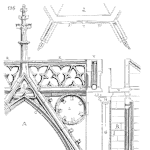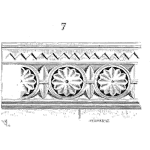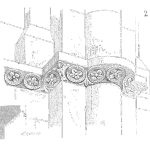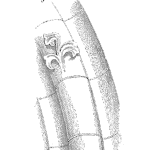
It may be possible to pass the CRE exam knowing one formula.
The math elements of the exam may take a bit of time to solve, and knowing reliability statistics well is a good plan heading into the exam. Knowing the exponential distribution reliability function is one that you should memorize. [Read more…]












